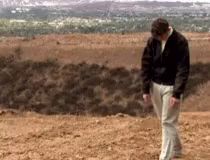
Top row (L to R): Maricela Rodriguez Acosta; Hernando Rodríguez Correa; Antoine Kremer; Victoria Sork; Paul Manos
bottom row (L to R): Alan Whittemore, Andrew Hipp, Jeannine Cavender-Bares, Antonio Gonzalez Rodriguez, Susana Valencia-A.
A small sample of oak heroes who have had a disproportionate influence on my thinking and work, from Mexico, France, and the U.S.
Names in the alt text; from the International Oak Society meeting last week in Oaxaca.
Join www.internationaloaksociety.org today!
13.10.2025 02:41 — 👍 13 🔁 2 💬 0 📌 0
Undergrads, grad students, professors, medical researchers, scientists in industry: help middle and high schoolers across the country understand what you *actually* do and why it matters! Be a source of inspiration amid all this chaos.
29.09.2025 16:58 — 👍 2 🔁 1 💬 0 📌 0

Figure 3 | Macrosynteny and genome structure across the Brassicaceae. Horizontal blue/black/orange bands represent the chromosomes of Arabidopsis thaliana, A. lyrata, MN106, and Brassica rapa (top to bottom). Chromosomes are ordered by their number from left to right. Colors represent genomic content binned hierarchically in sliding windows (400kb-overlapping 500kb) as follow: (1) within a gene annotation (including intron and UTR, orange), (2) within EDTA-annotated repeats categorized as Ty3, (3) Ty1 (copia), (4) within another repeat category, or (5) un-annotated. Grey bands are sequence-based syntenic blocks between each pair of genomes. Pennycress and B. rapa are phylogenetically proximate (both in Brassicodae supertribe), but have reduced synteny in part because of genome reshuffling in B. rapa following a whole-genome triplication event. The seven pennycress genome assemblies (horizontal bars) are binned into TRASH-defined centromeres (orange), pericentromeres (dark blue), chromosome arms (light blue) and telomeres (dark red). The colors along the chromosome segments scale physically with the size of the bin, except that centromeres and telomeres have a 1pt buffer to make it easier to see these typically small regions. Each genome is connected to its neighbor by grey polygons that represent sequence-based syntenic blocks. Plots, genomic bins, and syntenic blocks were built with DEEPSPACE (github.com/jtlovell/DEEPSPACE).

Genome-wide classification of sequence alignments between each genome and the MN106 reference genome from SyRI. Alignments are broken down into syntenic, not alignable to MN106, duplicated, inverted, inverted and translocated, and “highly-diverged region”
In the most extreme case, an accession from Armenia (Ames 32873) has nearly unprecedented levels of genomic rearrangement: only 25% syntenic to the reference genotype. However, those rearrangements are entirely located in the pericentromeres and don't contribute to higher levels of gene PAV. 4/
28.09.2025 17:25 — 👍 6 🔁 1 💬 1 📌 0

Figure 2 | Pan-genome variation in pennycress. A The amount of sequence in the genome graph that is shared by different numbers of haplotypes (assemblies). This figure only represents sequence in the final graph and does not contain sequences ‘clipped out.’ B Breakdown of core, dispensable, and unique orthogroups among our seven genomes. C Growth curves describing patterns of 31-mer sharing across assemblies; a steeper curve indicates a smaller degree of k-mer sharing among assemblies for that sequence class.
Genome size variation (455Mb-466Mb) and gene level presence/absence variation between genotypes was small (~80% core), but the pangenomic variation in genome graph was larger (~53% core), suggesting more going on beneath the surface. 2/
28.09.2025 17:25 — 👍 6 🔁 1 💬 1 📌 0

Figure 3 | Macrosynteny and genome structure across the Brassicaceae. Horizontal blue/black/orange bands represent the chromosomes of Arabidopsis thaliana, A. lyrata, MN106, and Brassica rapa (top to bottom). Chromosomes are ordered by their number from left to right. Colors represent genomic content binned hierarchically in sliding windows (400kb-overlapping 500kb) as follow: (1) within a gene annotation (including intron and UTR, orange), (2) within EDTA-annotated repeats categorized as Ty3, (3) Ty1 (copia), (4) within another repeat category, or (5) un-annotated. Grey bands are sequence-based syntenic blocks between each pair of genomes. Pennycress and B. rapa are phylogenetically proximate (both in Brassicodae supertribe), but have reduced synteny in part because of genome reshuffling in B. rapa following a whole-genome triplication event. The seven pennycress genome assemblies (horizontal bars) are binned into TRASH-defined centromeres (orange), pericentromeres (dark blue), chromosome arms (light blue) and telomeres (dark red). The colors along the chromosome segments scale physically with the size of the bin, except that centromeres and telomeres have a 1pt buffer to make it easier to see these typically small regions. Each genome is connected to its neighbor by grey polygons that represent sequence-based syntenic blocks. Plots, genomic bins, and syntenic blocks were built with DEEPSPACE (github.com/jtlovell/DEEPSPACE).
Whole-genome alignments revealed pennycress has nearly dichotomous genome compartmentalization: huge gene-poor pericentromeric regions (~300Mb; <1% genic) with frequent rearrangements and highly syntenic gene-rich chromosome arms (~150Mb; ~20% genic). What we call a "two-speed" genome structure. 3/
28.09.2025 17:25 — 👍 11 🔁 6 💬 1 📌 1
Assistant Professor position in Evolutionary Genetics - Department of Biological Sciences | University of South Carolina
Please repost and amplify !
We are hiring a faculty position in Evolutionary Genetics in the Biology Department at U of South Carolina!
Check us out and come be our colleague!
sc.edu/study/colleg...
Deadline for applications is Oct 1
#AcademicJobs #EvoBio
12.08.2025 17:29 — 👍 70 🔁 119 💬 0 📌 1
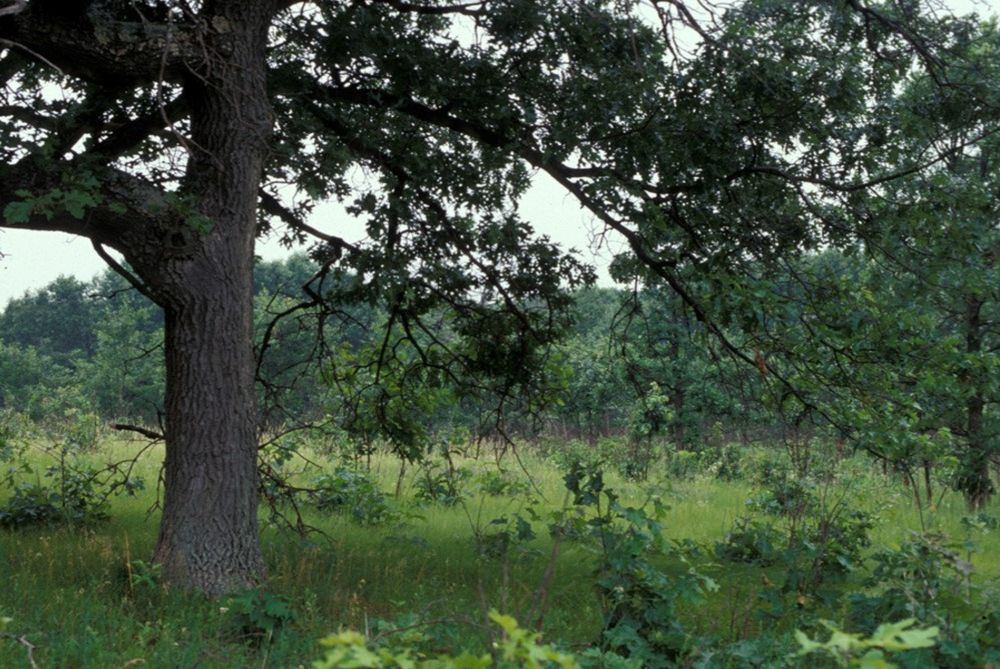
Plants and Places
by Andrew Hipp"And so, when his prescribed devotion to boyish beauties has carried our candidate so far that the universal beauty dawns upon his inward sight, he is almost within reach of the final re...
Why are you a naturalist? What does natural history do for us?
Swedish botanist Peter Kalm (1750) claimed that American adults take “little account of Natural History… that science being… looked upon as a mere trifle, and the pastime of fools.”
Still true?
www.plantlovestories.com/post/plants-...
07.08.2025 11:38 — 👍 22 🔁 8 💬 0 📌 0
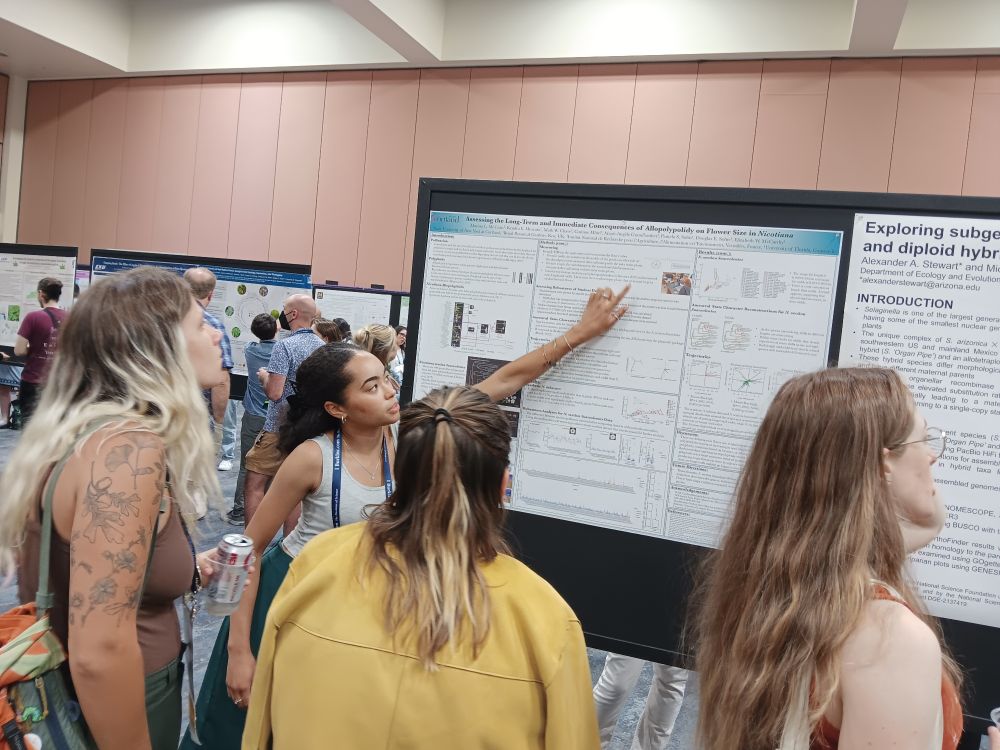
Undergrad woman scientist pointing to her poster as she presents it to a crowd
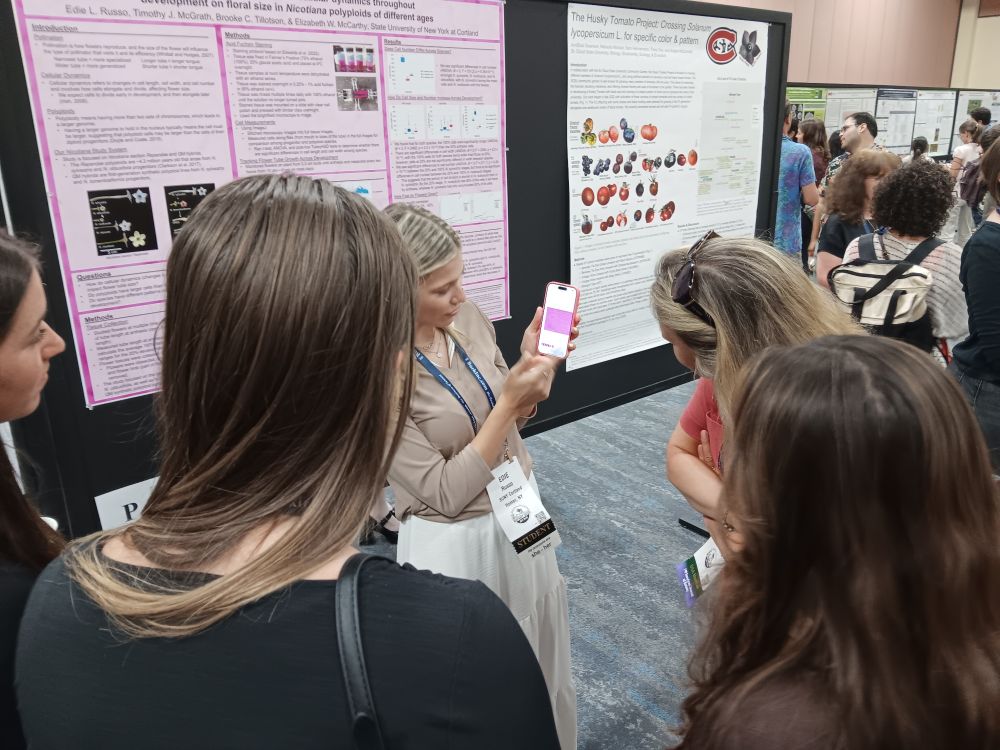
Undergrad woman scientist showing supplemental pictures on her phone to present her poster to a crowd
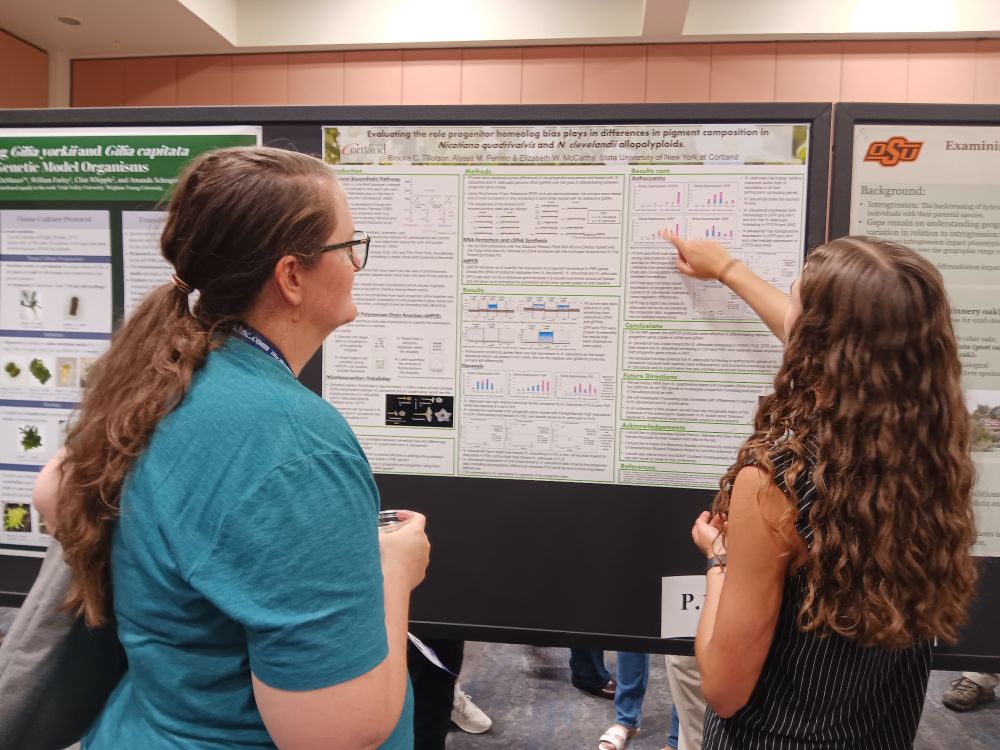
Undergrad woman scientist pointing at her poster to present it to a colleague
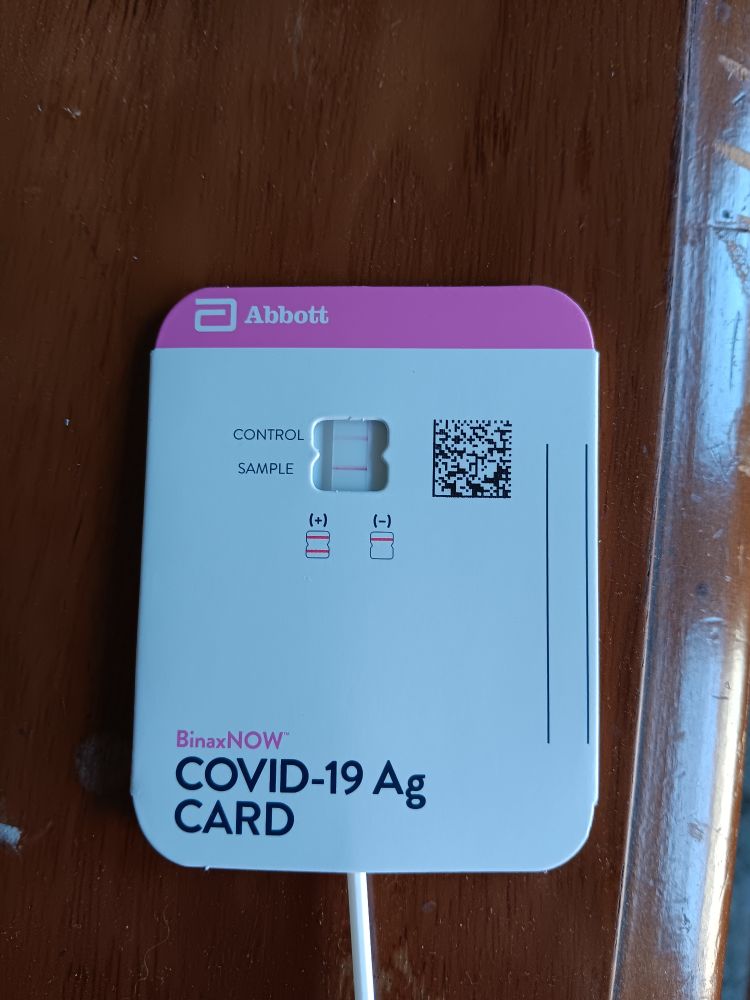
Positive COVID test on a table
#Botany2025 was fabulous! I'm SO proud of these undergrads, who did a fantastic job presenting their work! It is so gratifying to make and strengthen connections with my Botany fam. 💖 you all! Unfortunately, my sore throat on Thurs morning was not karaoke related...I have COVID, so test yourself :(
01.08.2025 16:50 — 👍 33 🔁 4 💬 6 📌 0
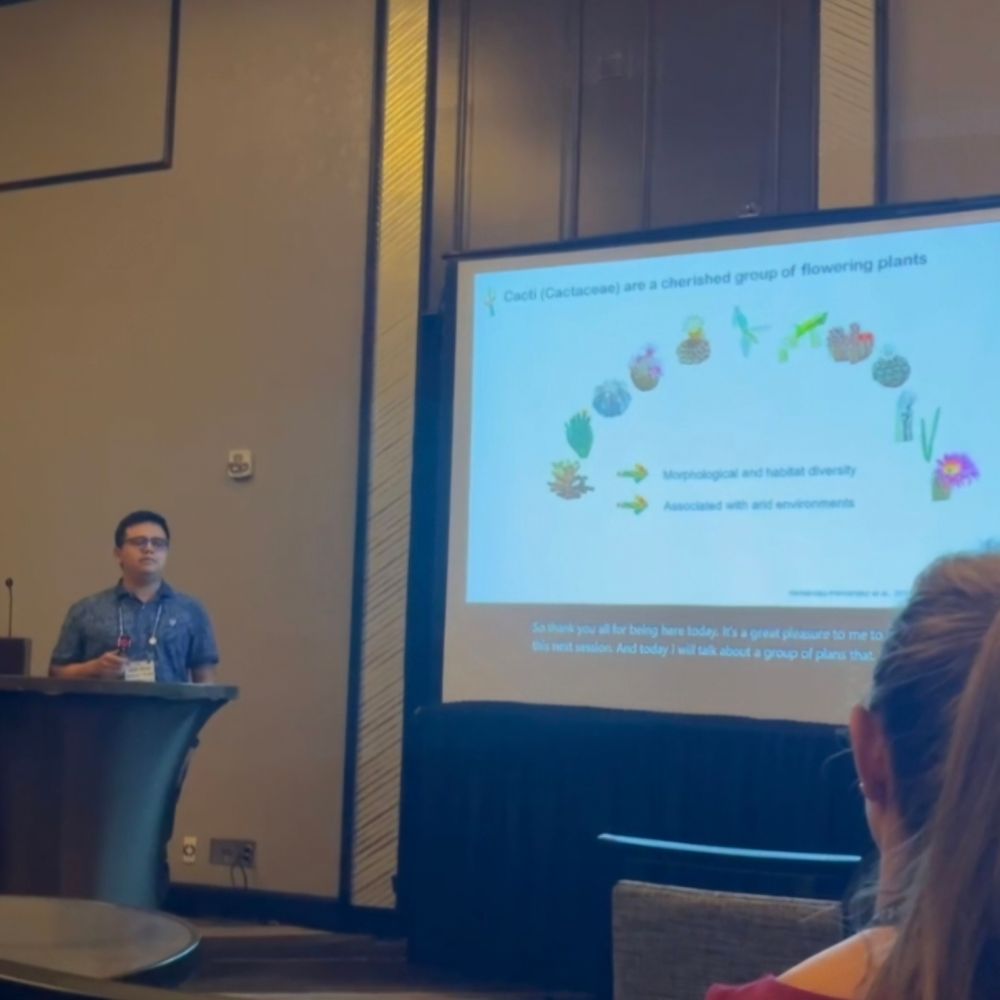
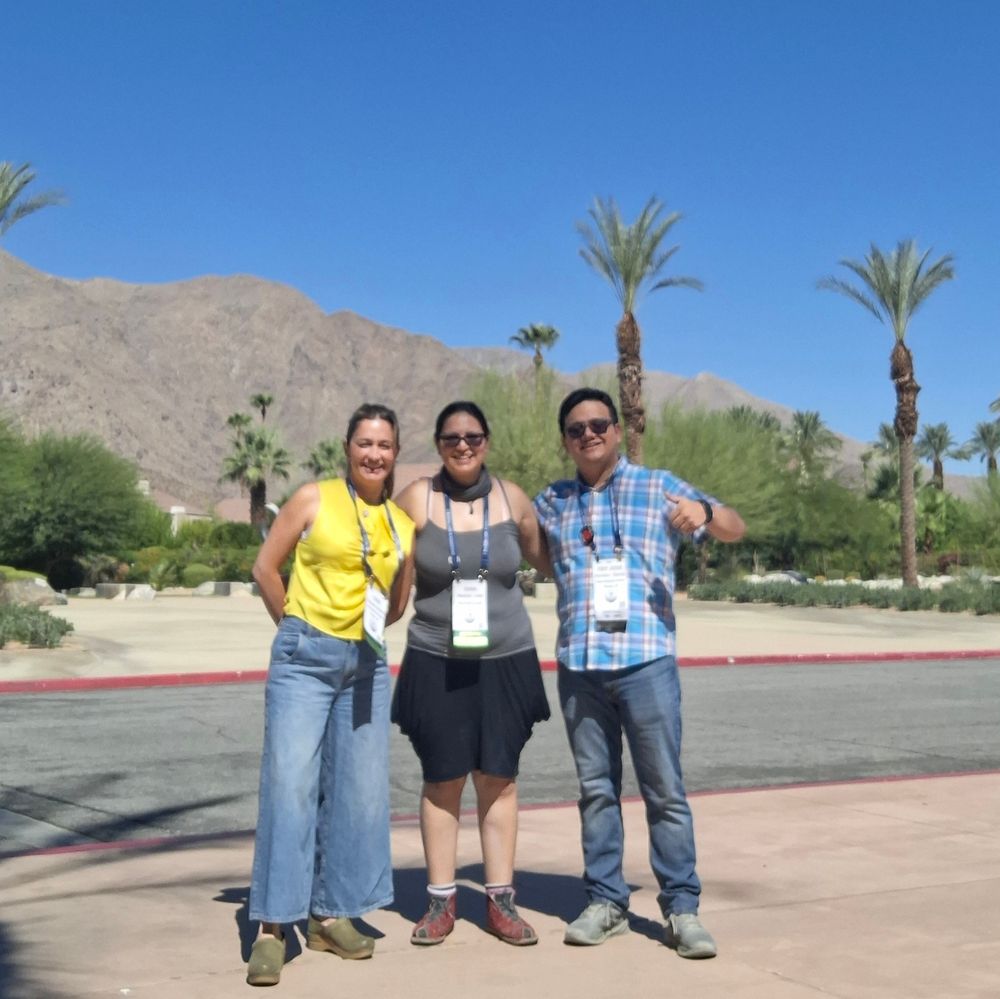
#Botany2025 was a blast! So much cool botanical science to learn from.
Also, very happy to present our work on the genetics of Saguaro 🌵
Looking forward to the next one!
03.08.2025 00:26 — 👍 19 🔁 6 💬 0 📌 0
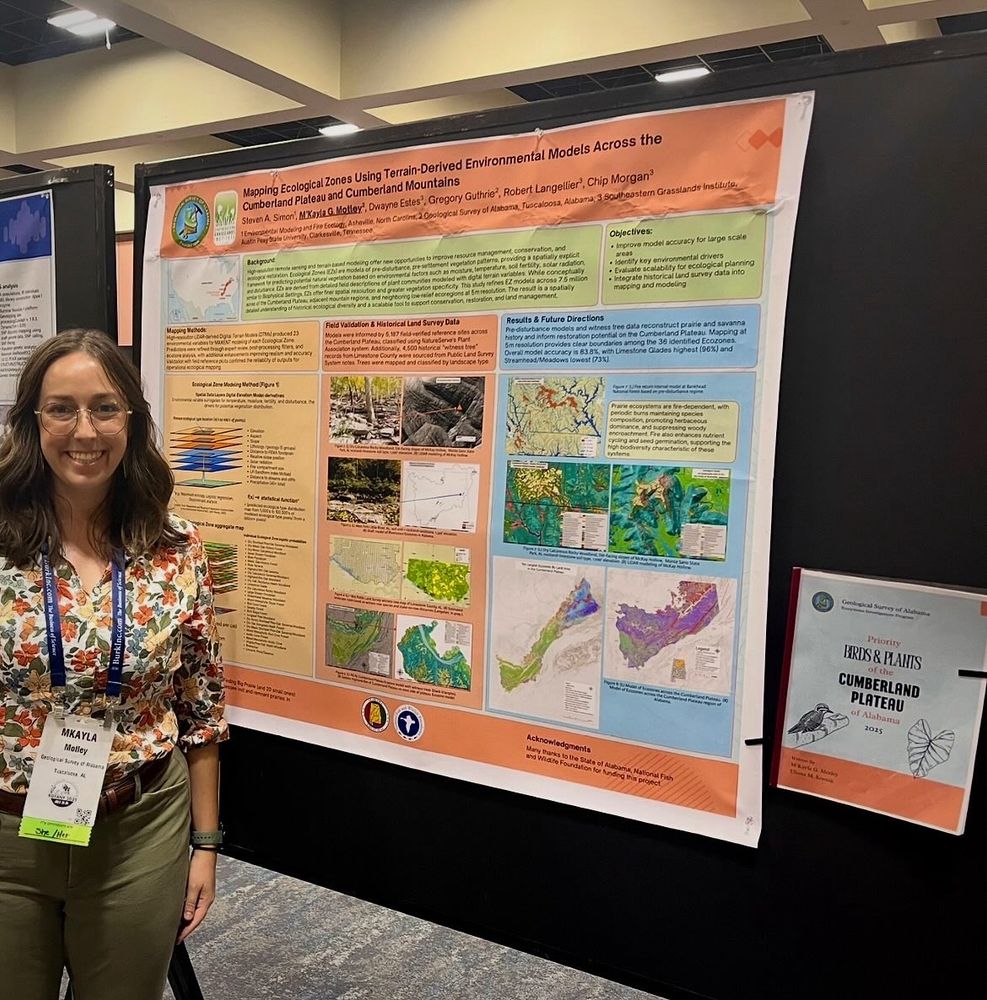
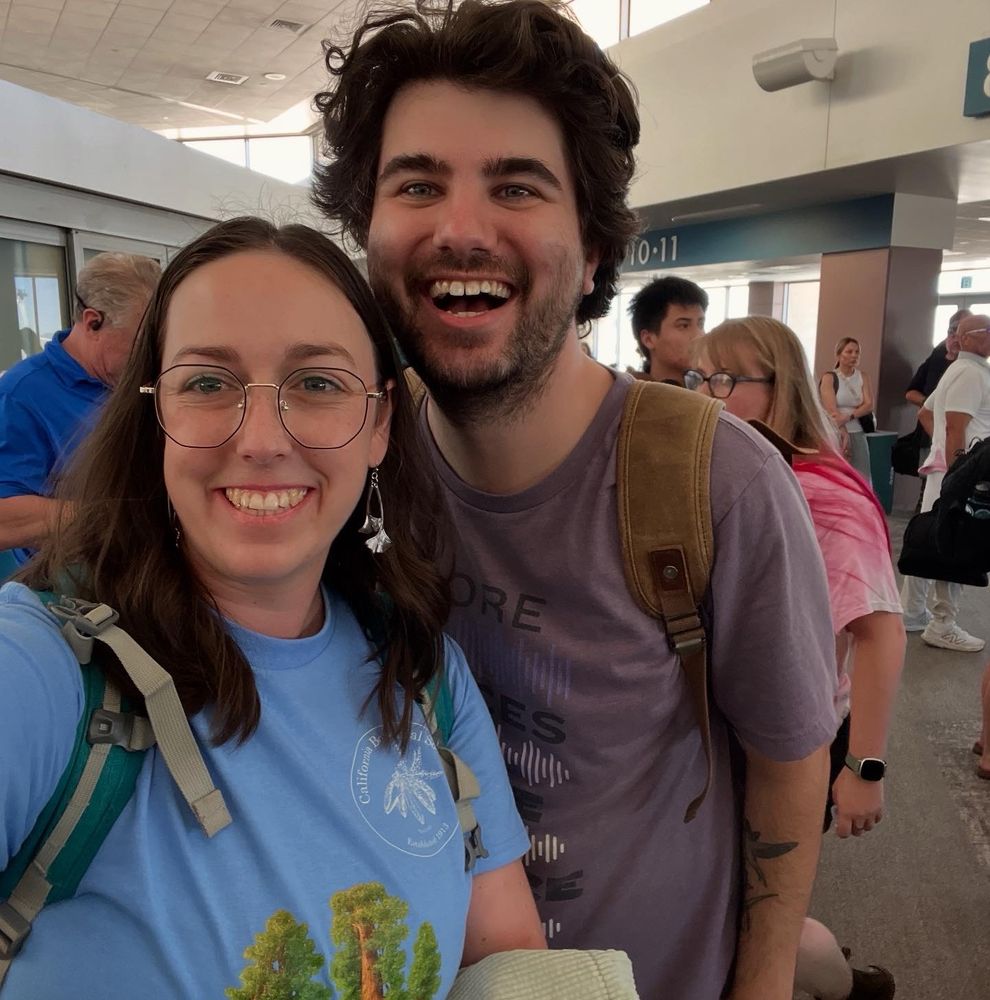
#botany2025 was incredible! Thank you to all the organizers, speakers, and conference center staff!
I loved seeing old seeing old friends and making new ones! I always come home inspired and renewed!
See you all in Tucson in 2026!
03.08.2025 21:37 — 👍 36 🔁 7 💬 0 📌 0
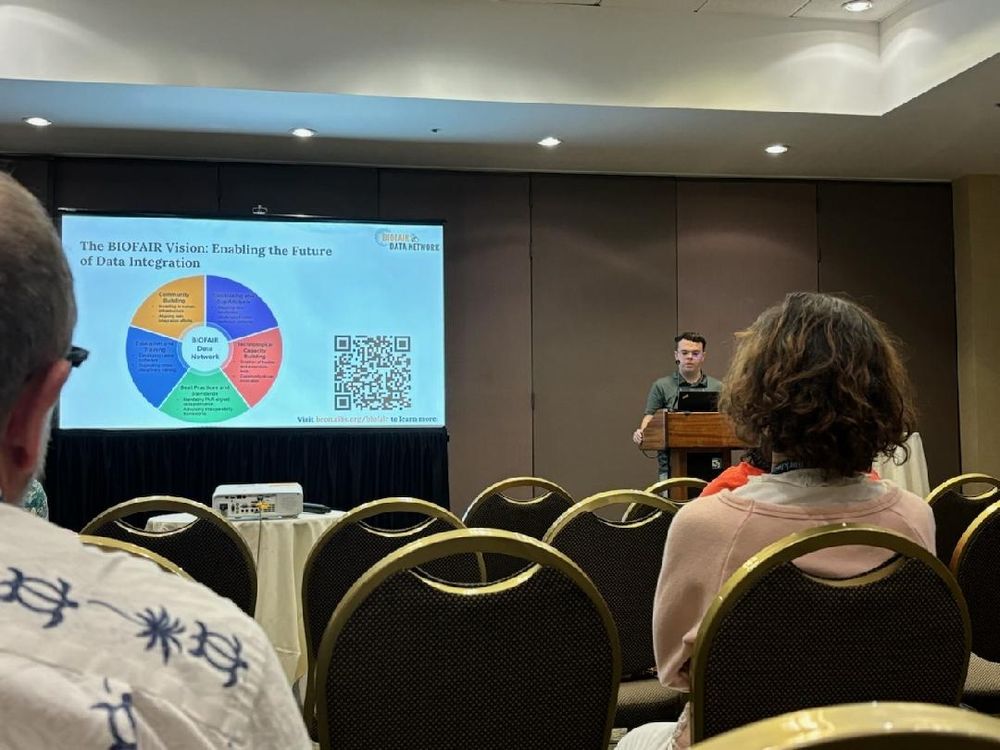
Me standing at a podium talking about the BIOFAIR Vision and roadmap.
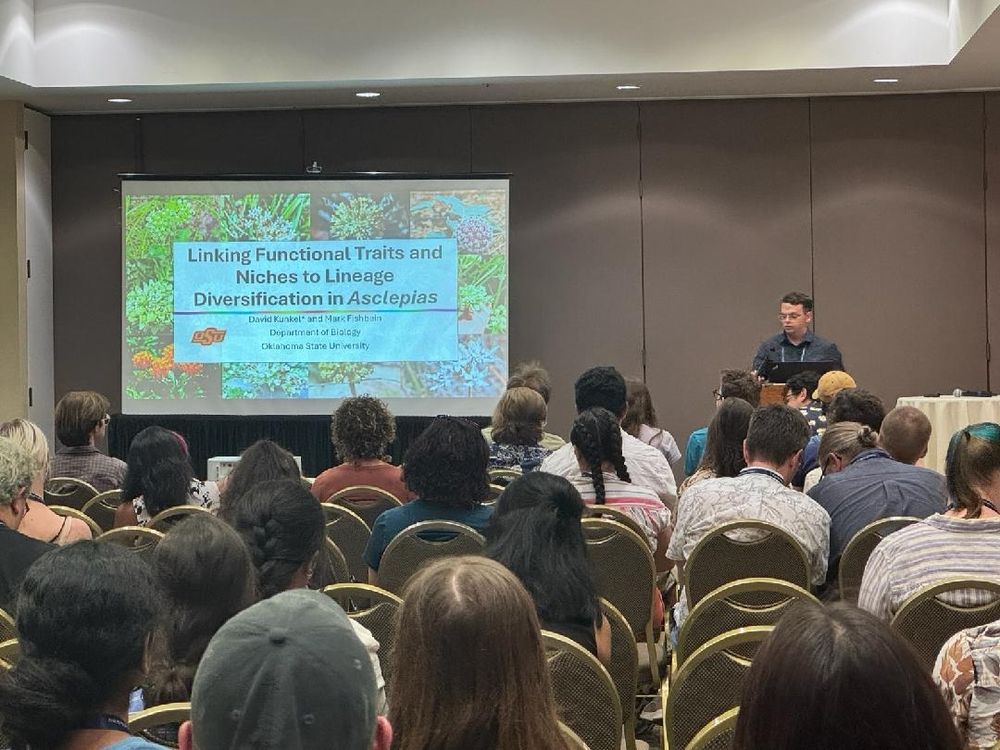
Me standing at a podium in front of a slide that read Linking Functional Traits and Niches to Lineage Diversification in Asclepias.
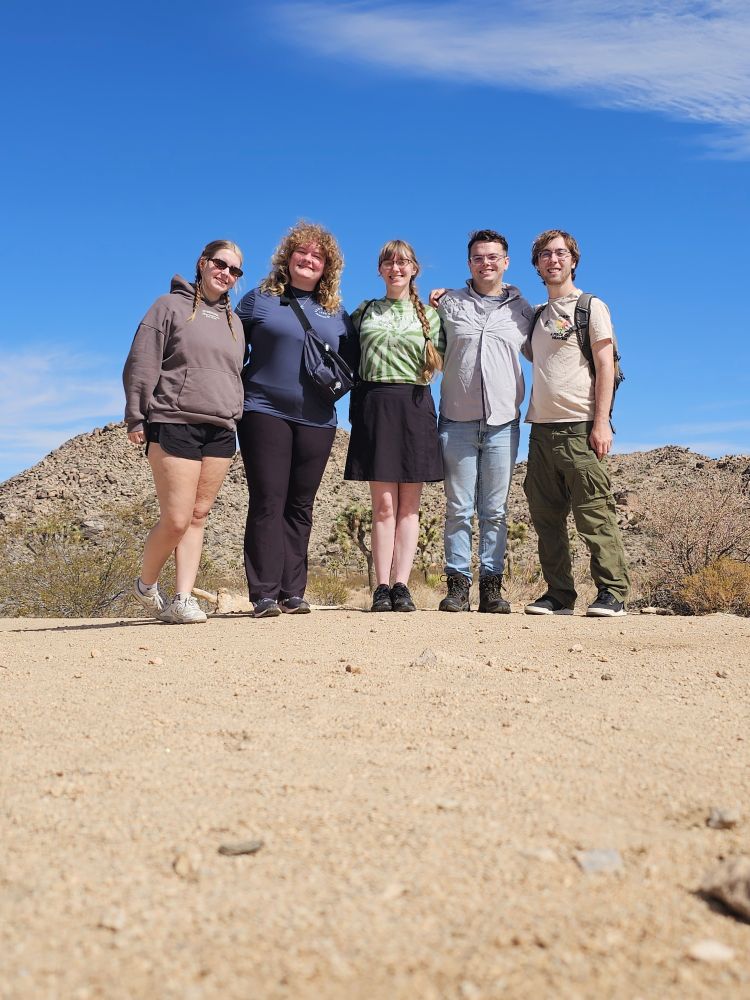
A group of 5 people standing shoulder to shoulder smiling at a camera on Joshue Tree National Park.
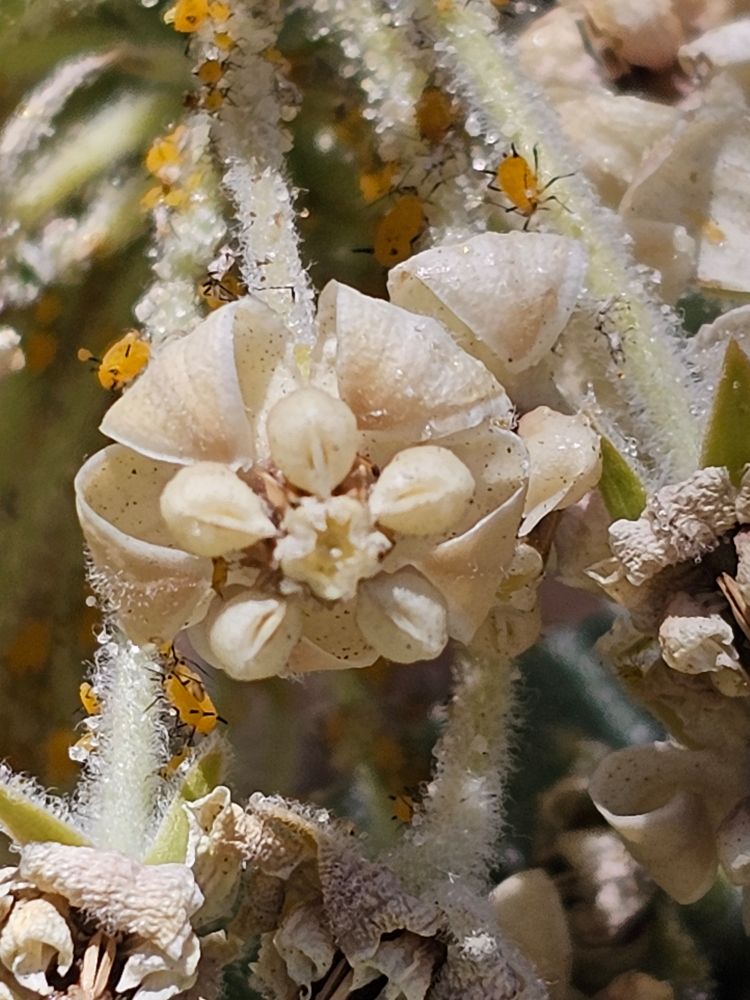
A flower of Asclepias eriocarpa that is cream colored with many yellow-orange aphids around it.
Had such a great time at #botany2025! Hearing about everyone's research was very inspiring and generated some new ideas for my own work.
See you all in Tucson next year!
03.08.2025 23:39 — 👍 26 🔁 5 💬 0 📌 0
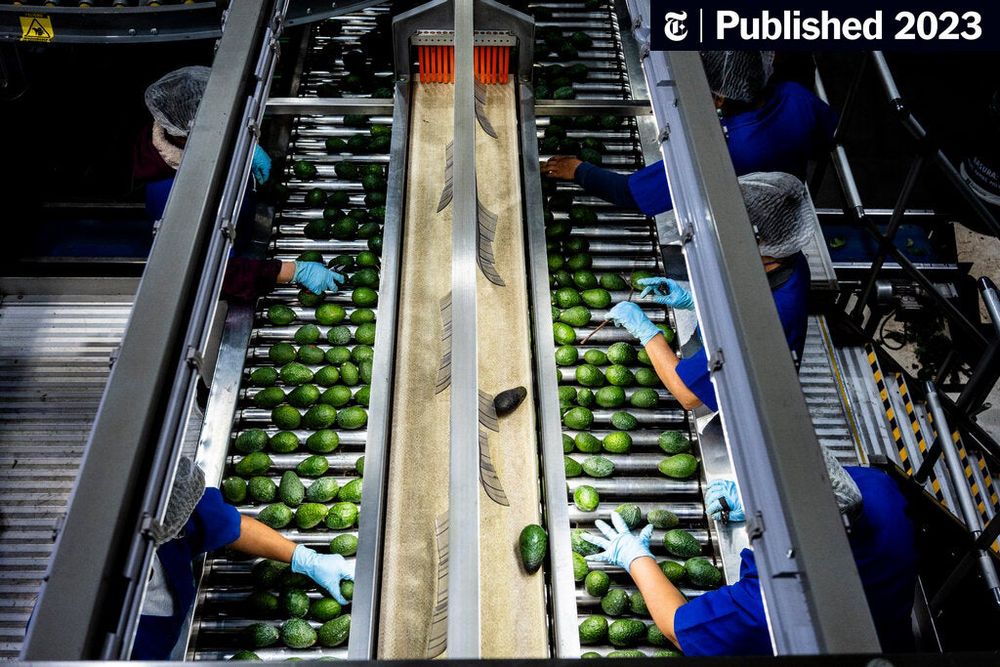
Americans Love Avocados. It’s Killing Mexico’s Forests. (Published 2023)
This story is not new but a presentation at #Botany2025 raised awareness on the impact of avocado production on biodiversity. U.S. demand is driving deforestation in rich Mexican cloud forests which also support monarch butterflies. www.nytimes.com/2023/11/28/u...
02.08.2025 22:48 — 👍 64 🔁 23 💬 3 📌 1
❤️❤️❤️❤️❤️
01.08.2025 10:35 — 👍 9 🔁 1 💬 0 📌 0
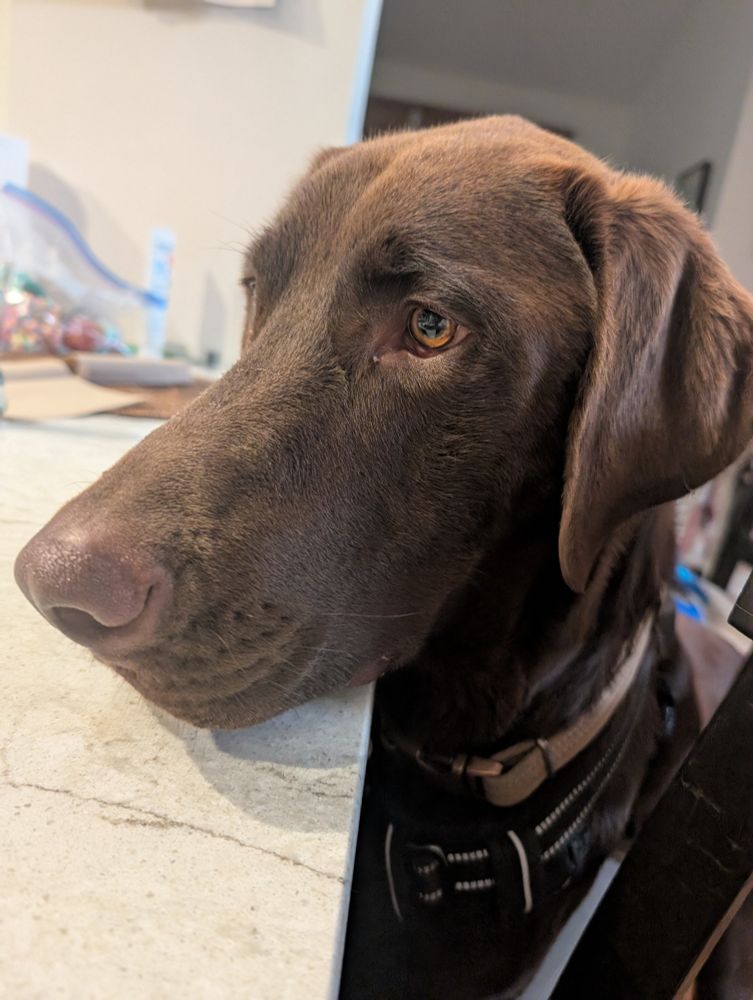
A large chocolate lab
Happy mammal reunion day to all botanists returning from #Botany2025
01.08.2025 01:43 — 👍 45 🔁 4 💬 3 📌 0
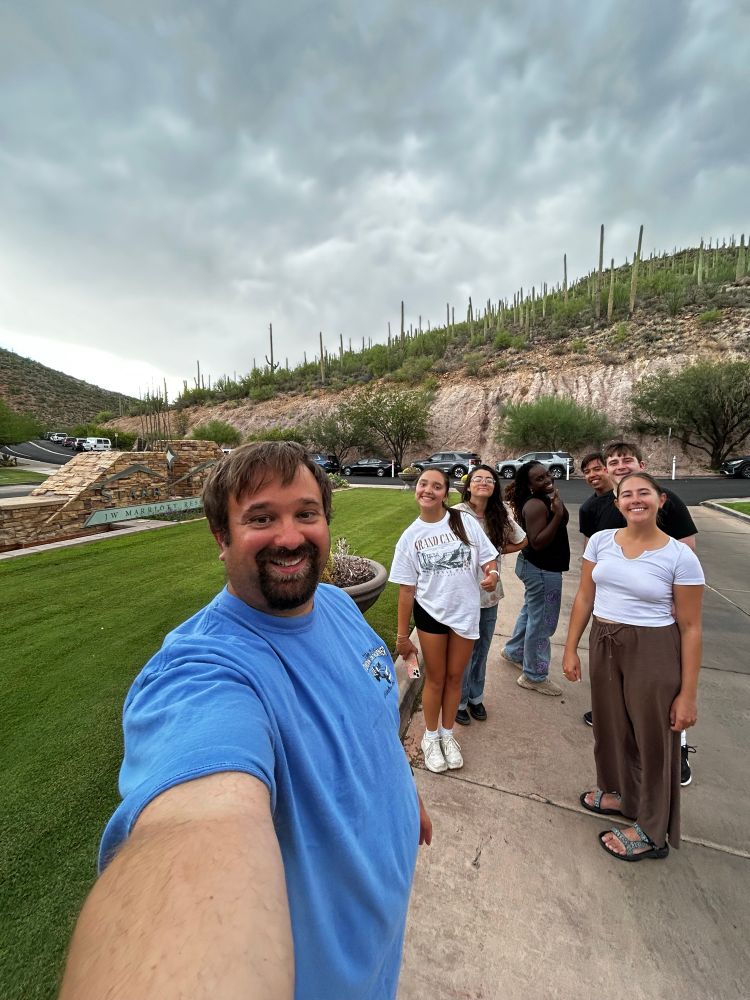
Selfie of the lab in front of the entrance to Starr Resort in Tuscon, the location of Botany 2026. Saguaros in the background!
Hey #Botany2025 was so fun we’re ready for #Botany2026 … maybe we’ll wait for y’all here in Tuscon!
01.08.2025 01:44 — 👍 40 🔁 5 💬 1 📌 0
15th annual #UpAllNightWednesday at #Botany2025. Even after 5 intense days people still want to be around each other. 😍 (Except for Norm.)
31.07.2025 07:21 — 👍 40 🔁 3 💬 2 📌 0
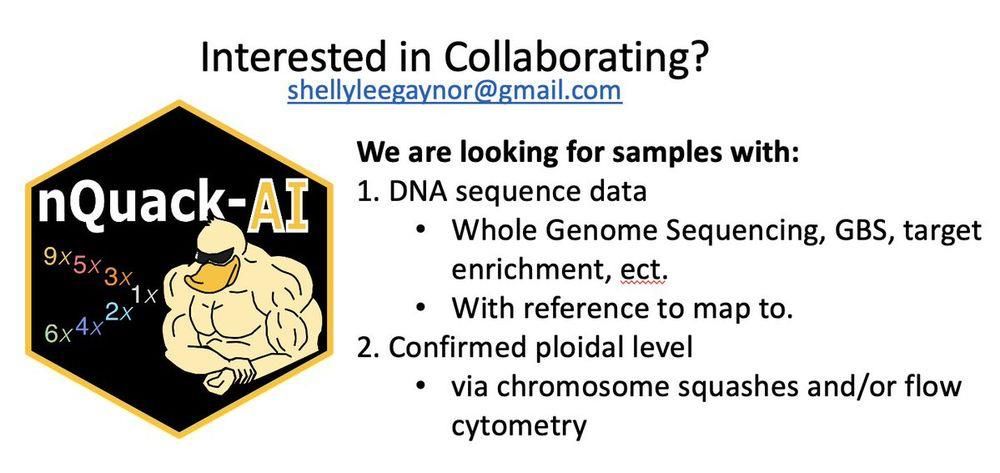
Hi #Botany2025 - In my quest to never do flow cytometry again, I am collecting sequence data (radseq, target enrichment, WGS, ect.) with confirmed ploidal level. If you have samples, reach out!
30.07.2025 16:34 — 👍 41 🔁 27 💬 1 📌 0
The BSA awarded more than $140,000 in awards (research, travel, hardship) to its membership this year!! @botsocamerica.bsky.social 💚💚
29.07.2025 22:10 — 👍 44 🔁 10 💬 0 📌 1
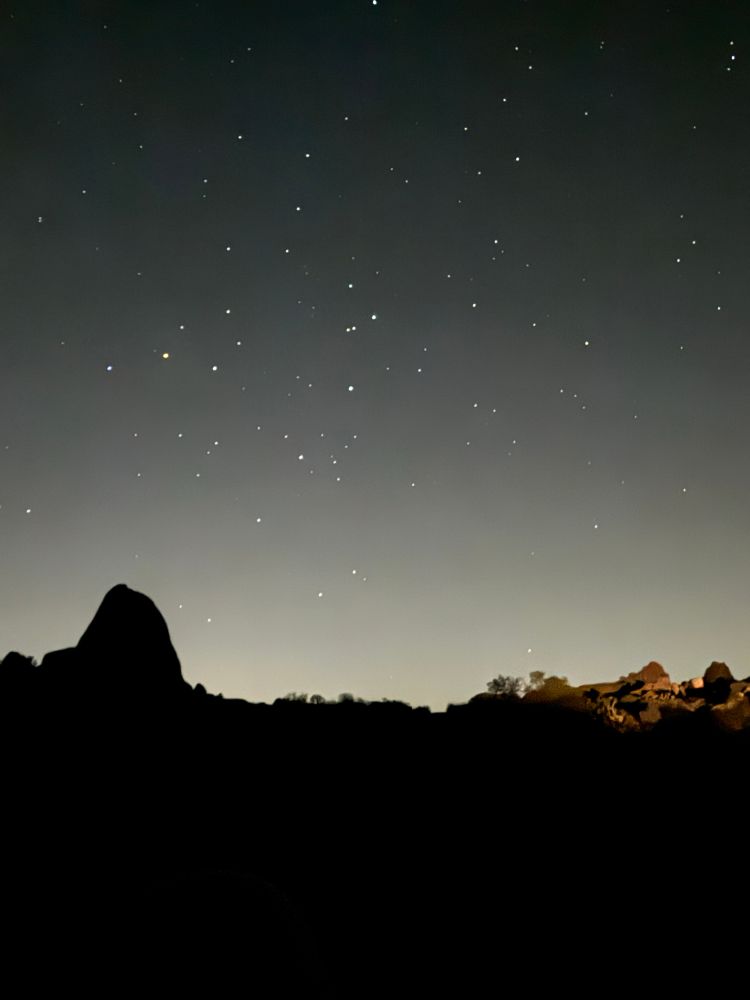
Leaving Palm Springs and #Botany2025 feeling inspired, as always, but perhaps more importantly, feeling incredibly grateful for the wonderfully supportive botanical community. Botanists really are the best folks around.
31.07.2025 01:17 — 👍 38 🔁 8 💬 0 📌 0
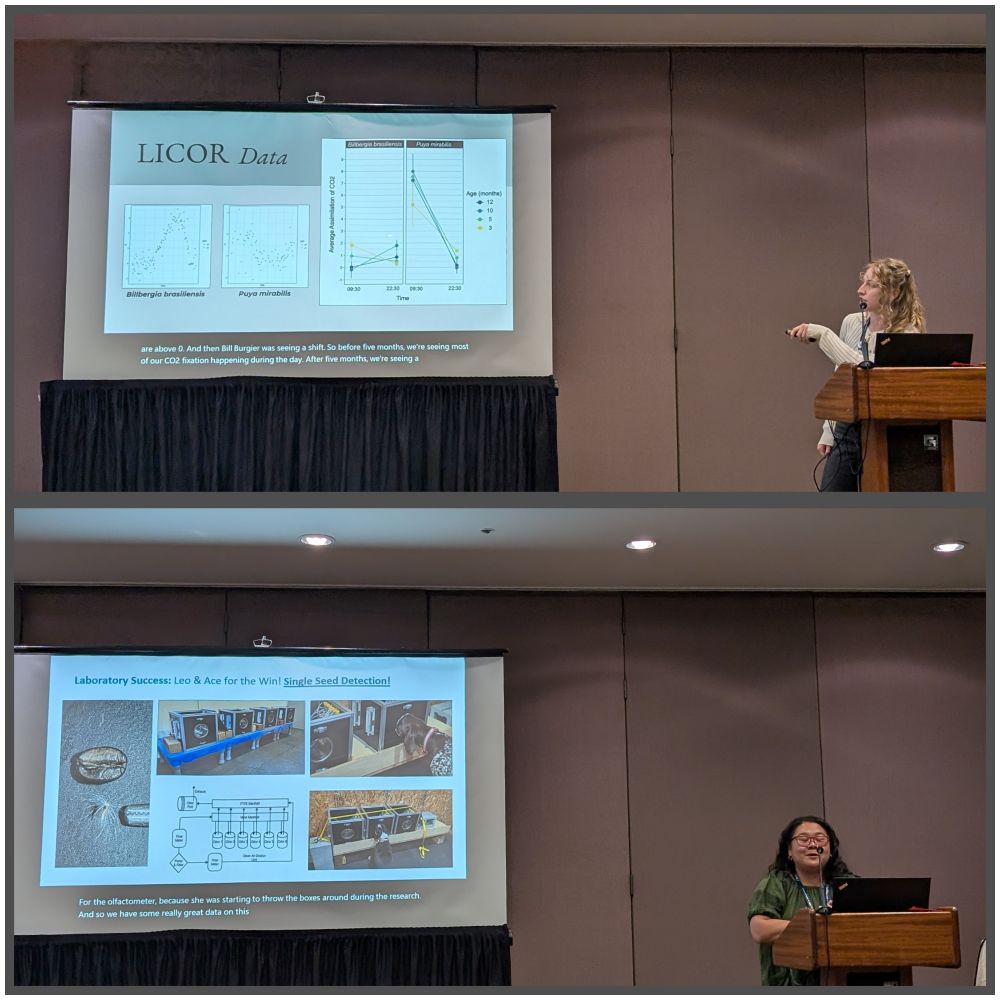
Sometimes (especially late in the conference) 5 minute talks just hit the spot! Thorough enjoying Germinating Ideas/Lightening Talks at #Botany2025 Got to see my senior undergrad Magdalyn Rowley-Lange crush her CAM talk ...and we got to see dogs hunting invasive plants!
30.07.2025 23:41 — 👍 30 🔁 7 💬 1 📌 0
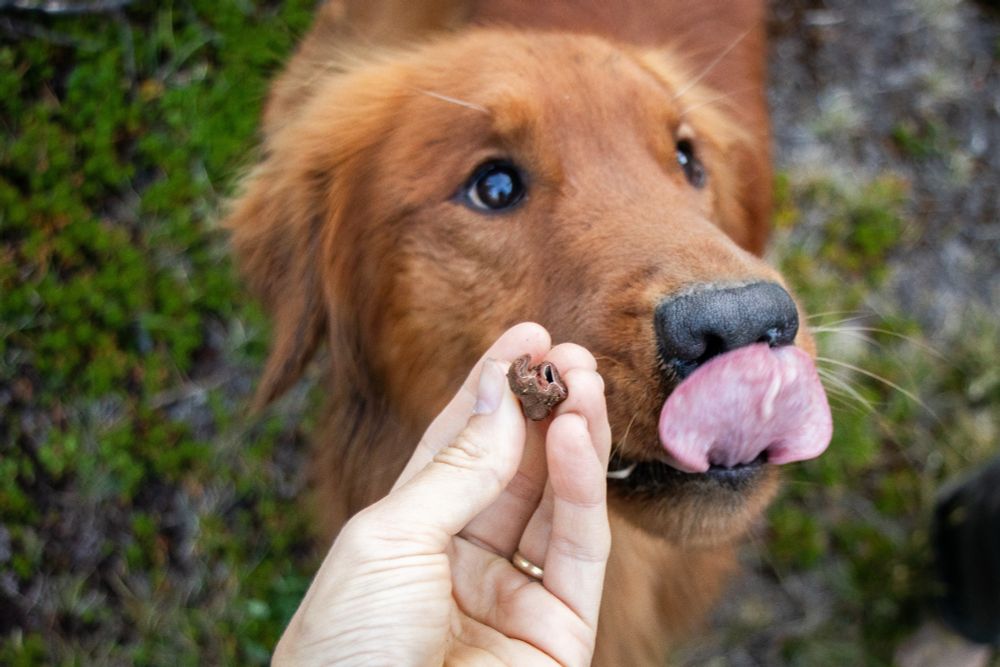
Rye the golden retriever licks his lips after smelling a Hydnotrya truffle held out to him.
If you need a visual pick-me-up to get through the last session of #Botany2025, come listen to me talk about using a conservation dog to find #truffle #biodiversity in the Mycology section at 2PM (Sierra room). I promise golden retriever pics!
30.07.2025 20:39 — 👍 34 🔁 5 💬 0 📌 0
Extra kudos and thanks to all the staff at NIH and NSF and other federal funding agencies for working extra hard in very small windows of opportunity to get grants reviewed and funds released before the attention-addled federal policies change again (on an hourly basis).
30.07.2025 20:41 — 👍 401 🔁 85 💬 3 📌 3
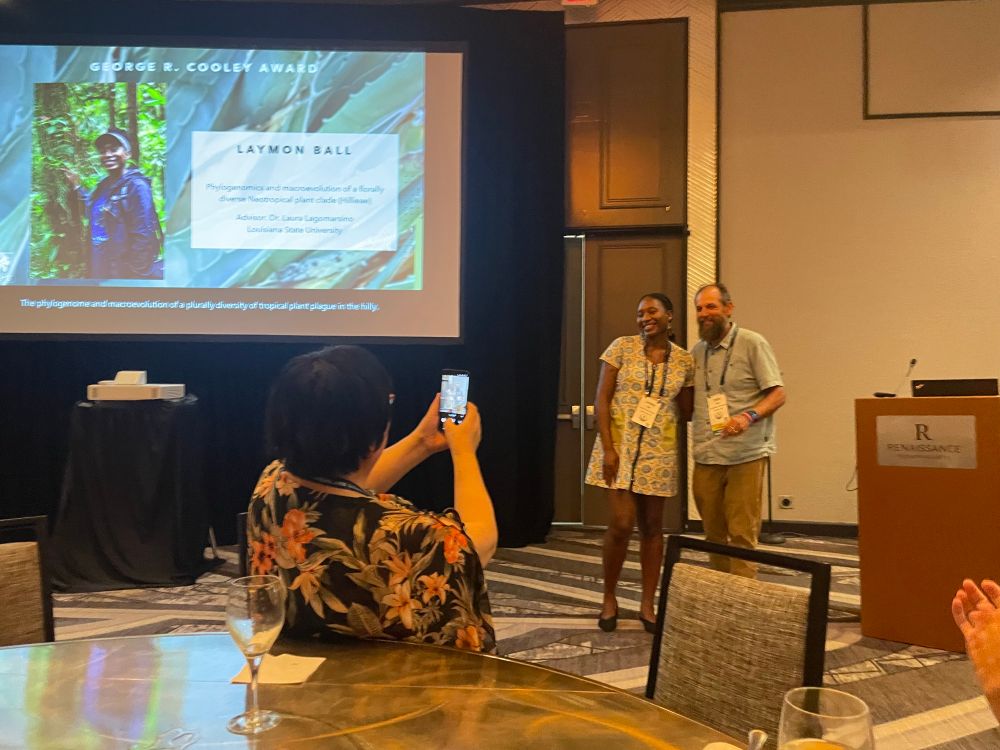
Laymon receives the award from Dave Tank.
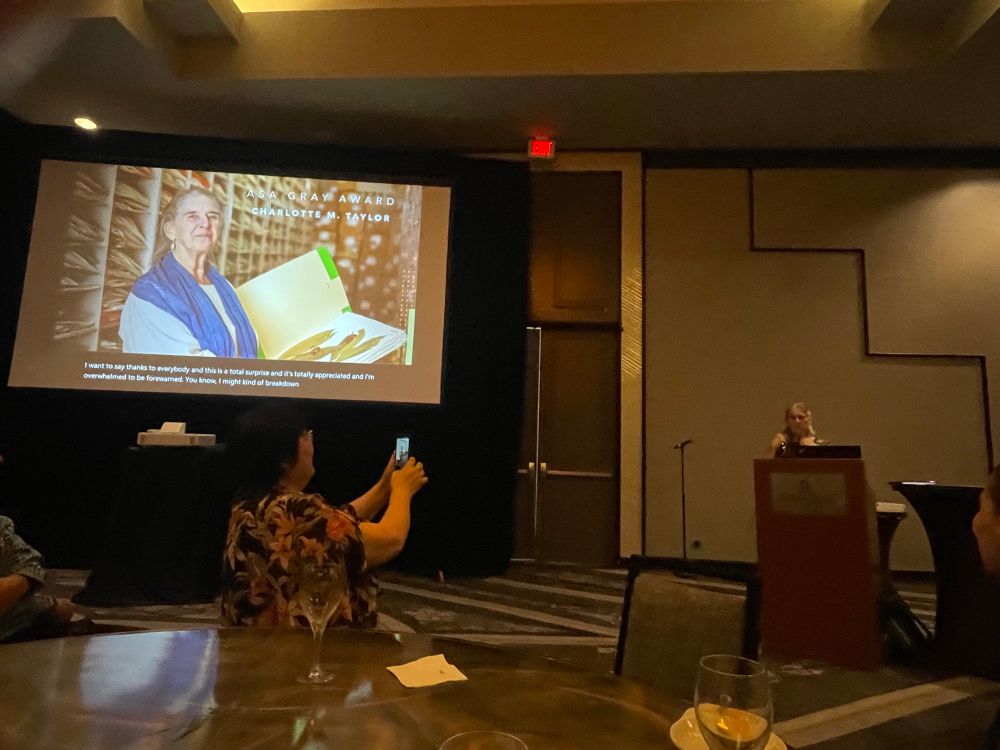
Charlotte gives the her statement after the award is announced.
What a night for #Rubiaceae! I’m so proud of my student @laymonstera.bsky.social for taking home the American Society of Plant Taxonomist’s Cooley Award for best talk, and my colleague and dear friend Charlotte Taylor for receiving the lifetime achievement Asa Gray Award. #Botany2025 #LagoLab
30.07.2025 07:14 — 👍 44 🔁 9 💬 0 📌 0
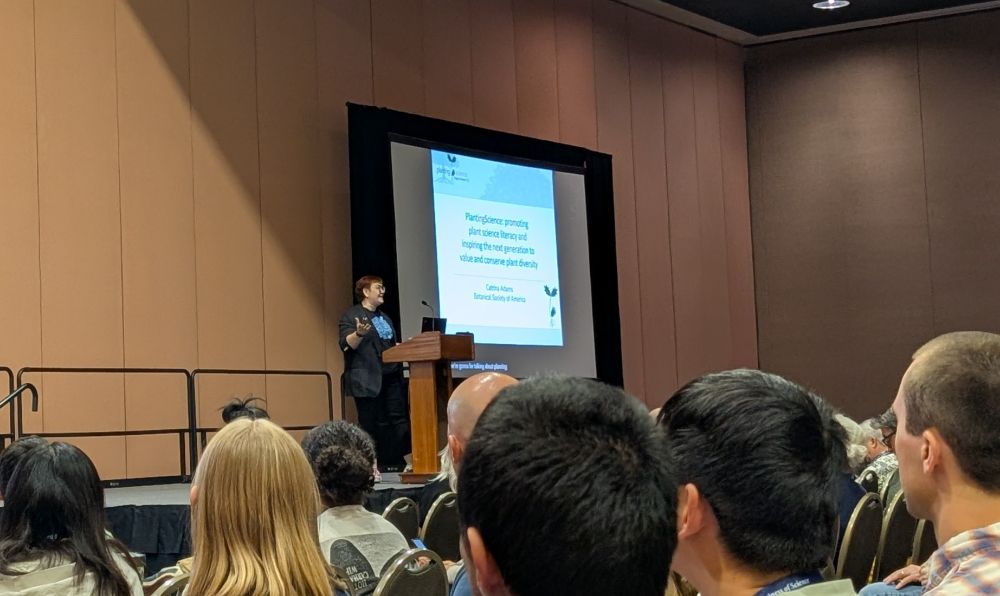
A photo of Dr. Catrina Adams speaking to the Botany 2025 conference about PlantingScience.
What an honor! When the scheduled plenary speaker for #Botany2025 fell ill, our own Dr. Catrina Adams was asked to step up and open the conference with a talk about our amazing program and its history! What a great way to kick off our 20th year!
29.07.2025 22:41 — 👍 17 🔁 3 💬 0 📌 0
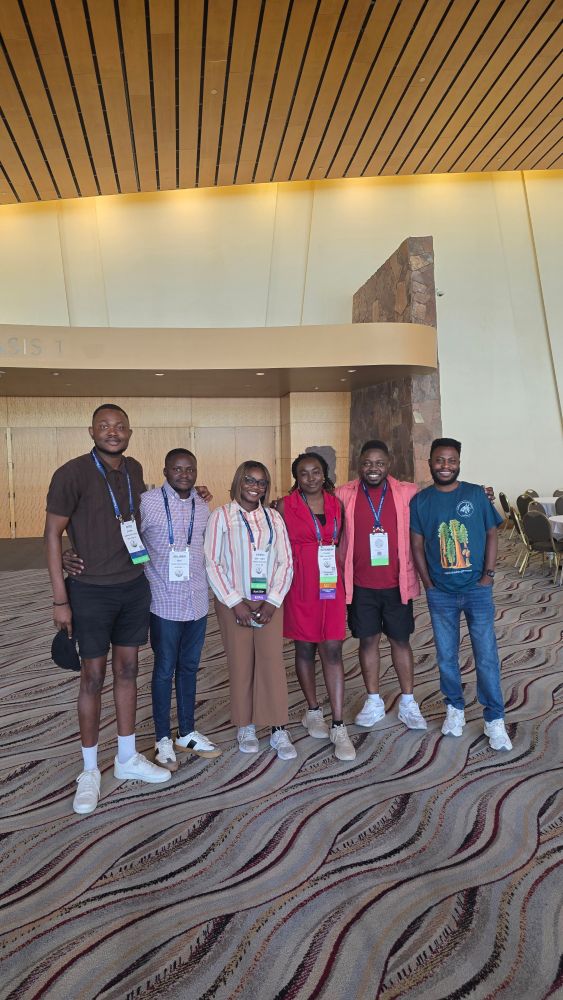
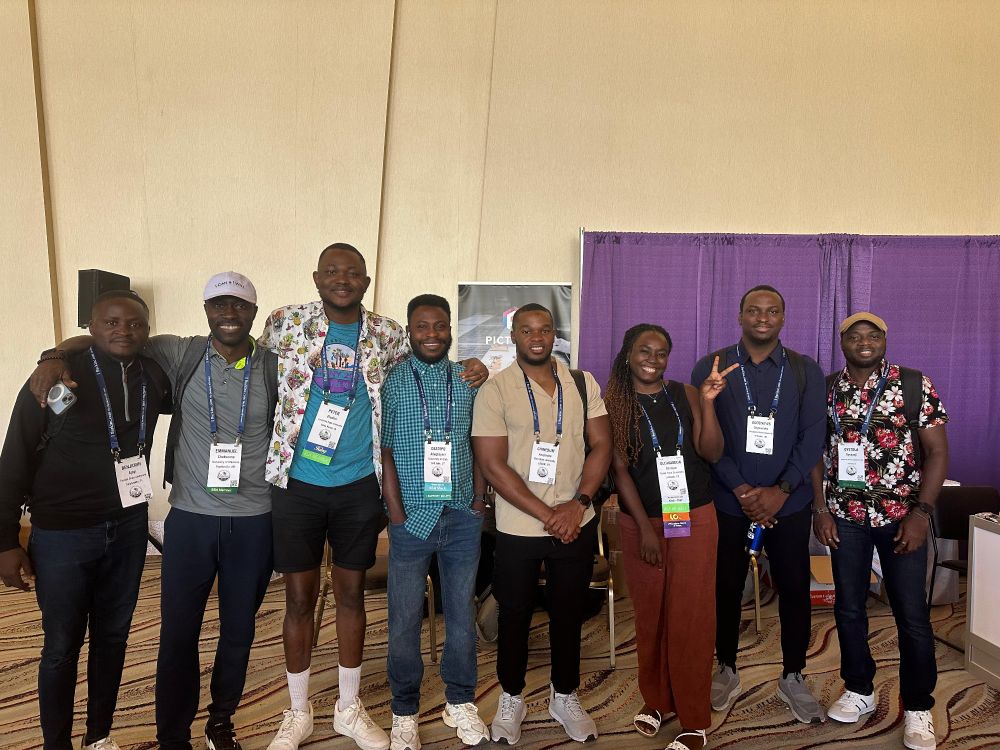
Some members of the Nigerian plant community at #Botany2025 in Palm Springs, California!
Always fun to meet new friends and listen to all the brilliant ideas and research work from everyone. Always sticking together!!!
@ajayibenmi.bsky.social @petfemspeaks.bsky.social @preshonnature.bsky.social
29.07.2025 23:56 — 👍 47 🔁 18 💬 2 📌 0
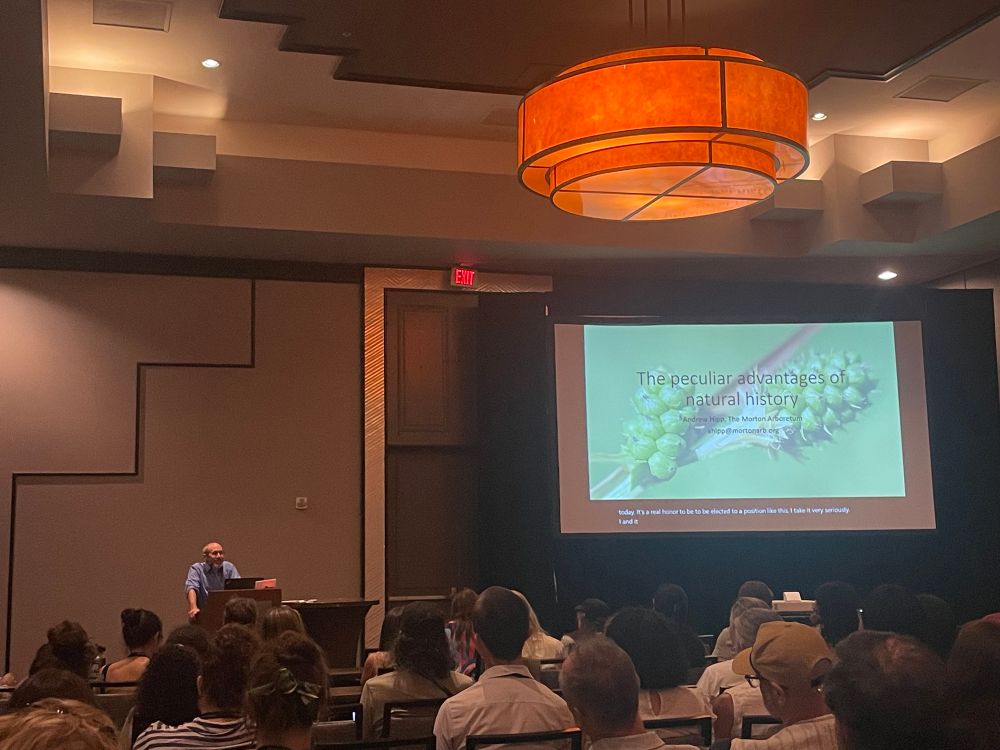
The incoming ASPT incoming presidential address by @andrewlhipp.bsky.social was a beautiful meditation on the importance of natural history and natural history is my highlight of #Botany2025 (so far, but probably overall).
30.07.2025 01:42 — 👍 26 🔁 5 💬 0 📌 0
Evolutionary genetics. Assistant Professor @ Rutgers—Camden genevalab.io
Curator at the New York Botanical Garden. Plants, rivers, phylogenetics, extreme botany and arepas
https://anamariabedoya.weebly.com
Plant scientist at The University of Sheffield 🌱🌾
Geological Survey of Alabama botanist for the Ecosystems Investigations Program.
Prof @sydneyuni.bsky.social Engineer and scientist building bridges between research & industry at USYD & @ansto.bsky.social, Australia.
She/Her. Mum & wife. Leader & Mentor. Loving ⛷🏄♀️ & life in general! Comments are my own
Pringle Herbarium (VT) UVM PhD candidate
SkmorrisBotany.com
Assistant Professor @rittigers.bsky.social
American J Botany Associate Editor @botsocamerica.bsky.social
Evolutionary biologist searching for green algae where you least expect them!
NSF PRFB postdoc studying viruses in native sunflowers. Pro-democracy, pro-diversity. She/her.
Postdoc @ Marian University | polyploidy | science outreach & mentorship | #proudappalachian #firstgen
ecologist | plants | open data | Universidad Mayor (Chile) | Rasgos-CL (www.rasgos.cl) | he/him/él | #BlackLivesMatter | www.dylancraven.com
Ph.D.
PostDoc at Field Museum of Natural History,
Writer
My works focus on systematics and biogeography of Berberidaceae.
Postdoctoal Researcher @CornellEEB 🌱 Black Lives Matter🧑🏻🔬 #iamabotanist 🌻 Views are mine 🌺
Botanist - desert plants 🌵☀️❄️ @deepsthlmuni.bsky.social @bolincentre.bsky.social
📍 Stockholm
Ell/He/Him 🏳️🌈
PhD candidate at Washington State University | oak systematics and introgression | he/they
Postdoctoral researcher at the University of Connecticut studying functional trait tradeoffs in bromeliads 🍍 Also involved in genomics and systematics of the sunflower family 🌻🥬🌼
ermoore-pollard.com
Seed ecologist and seed banker 🫘 🌱 | she/her 🏳️🌈 | research scientist at Atlanta botanical garden 👩🔬 | street peach 🚲 | ecology section program director @botsocamerica.bsky.social | views my own
Post-doc at UIUC studying stomatal patterning. Botanist by training with interests broadly in evo-devo, mechanistic modeling, and genetics, particularly in relation to grasses and cereals. Opinions my own.
Ph.D. Candidate in Ecology and Evolutionary Biology at University of Michigan | 🌸 plant phylogenomics and polyploidy










